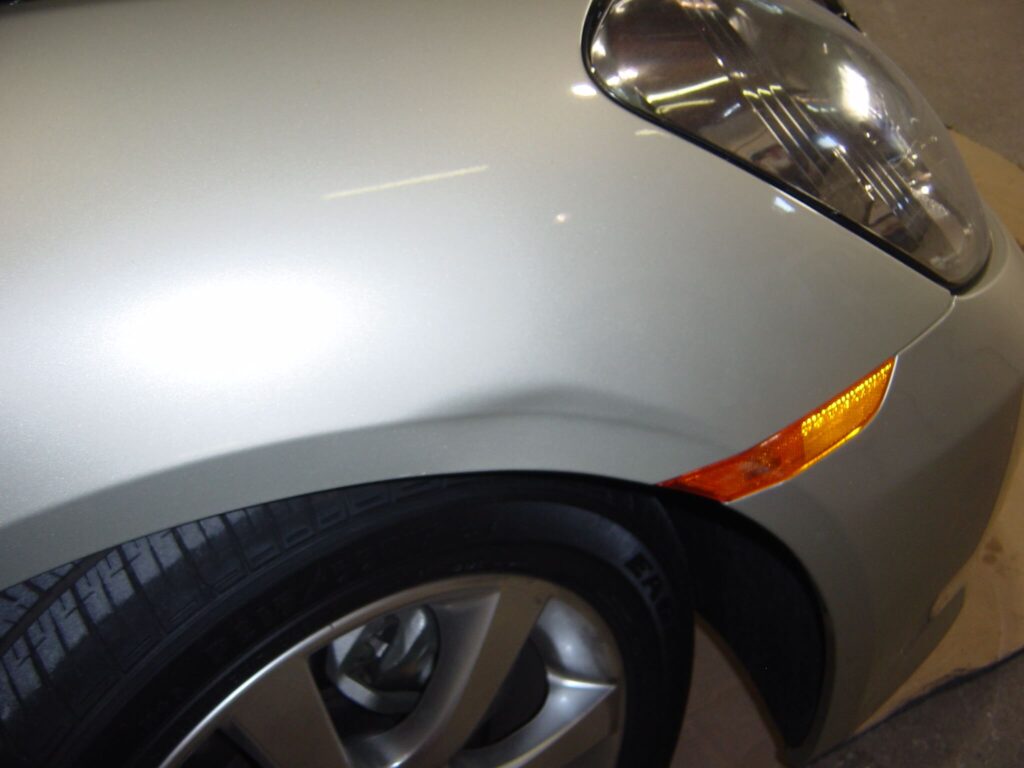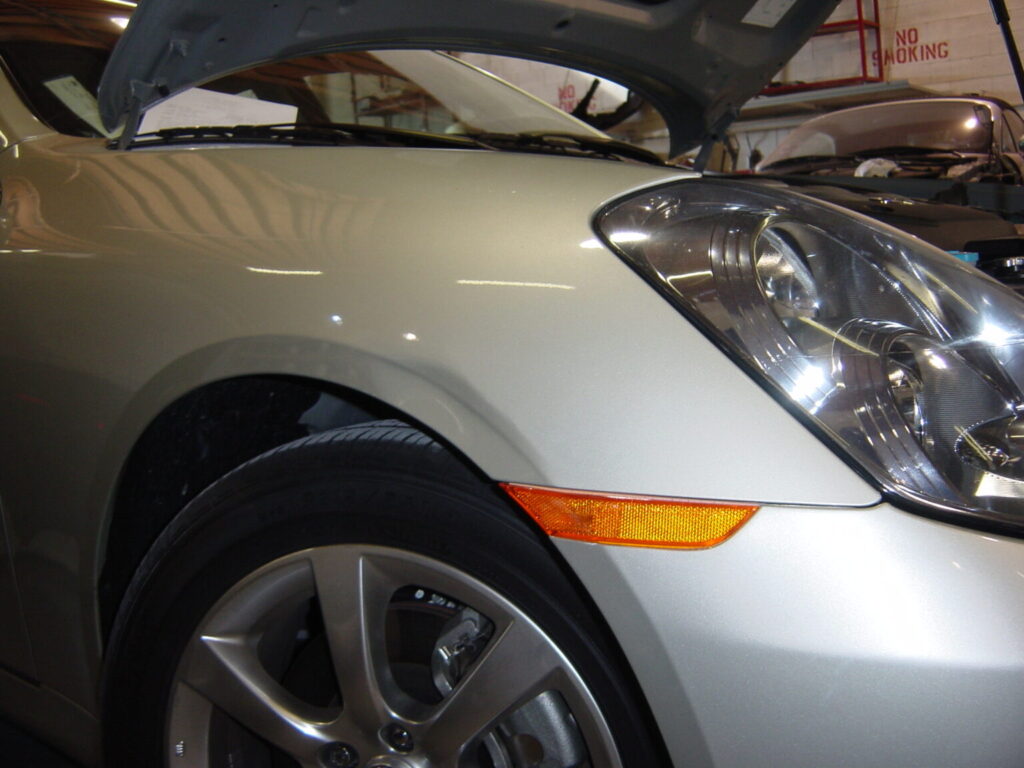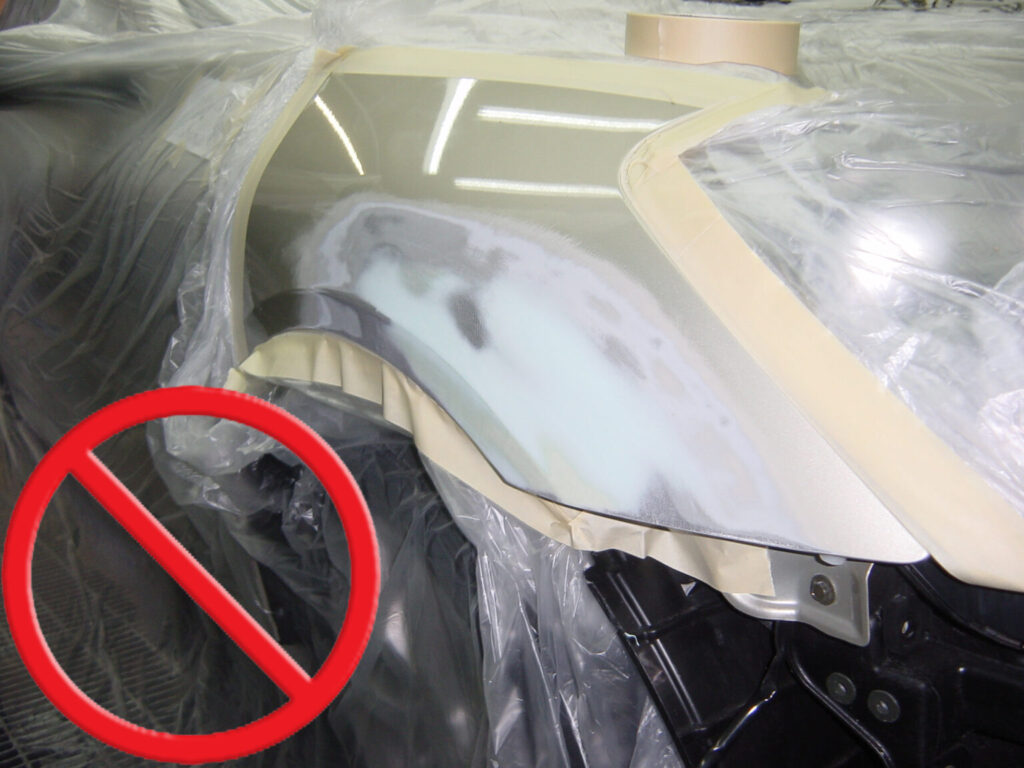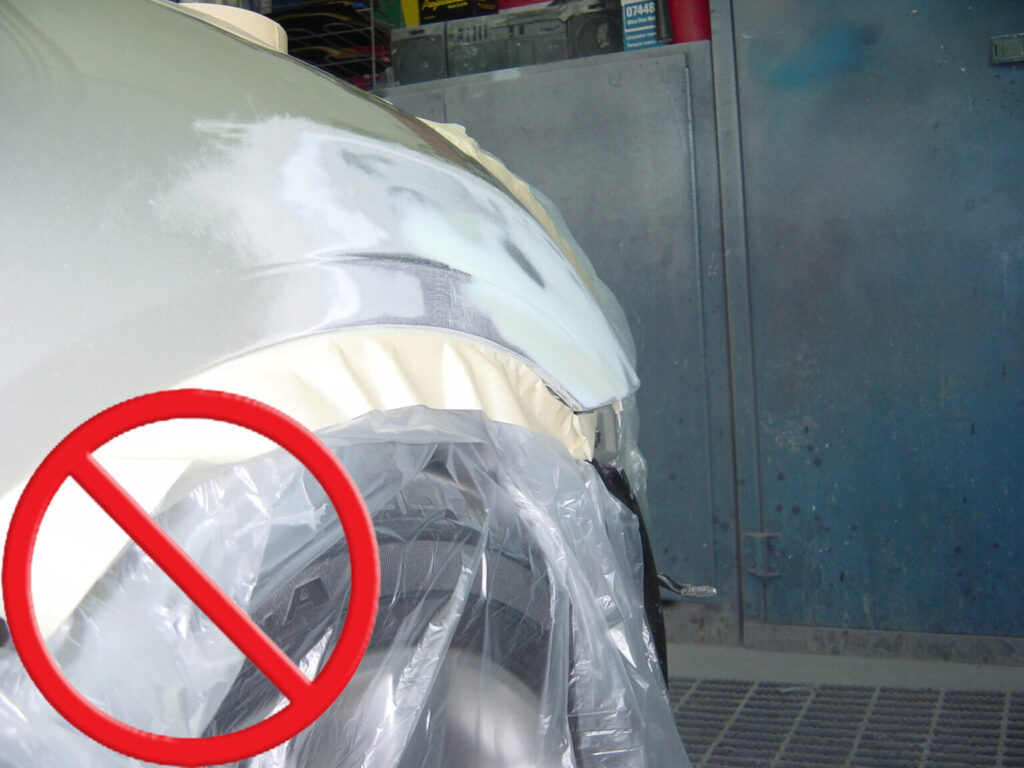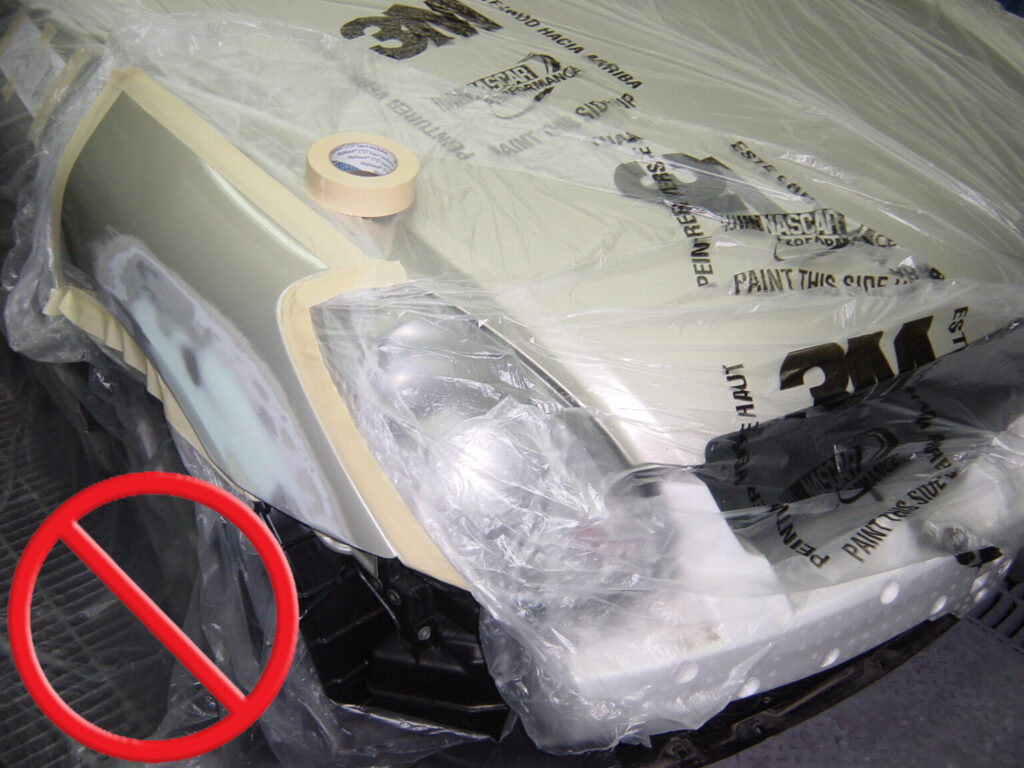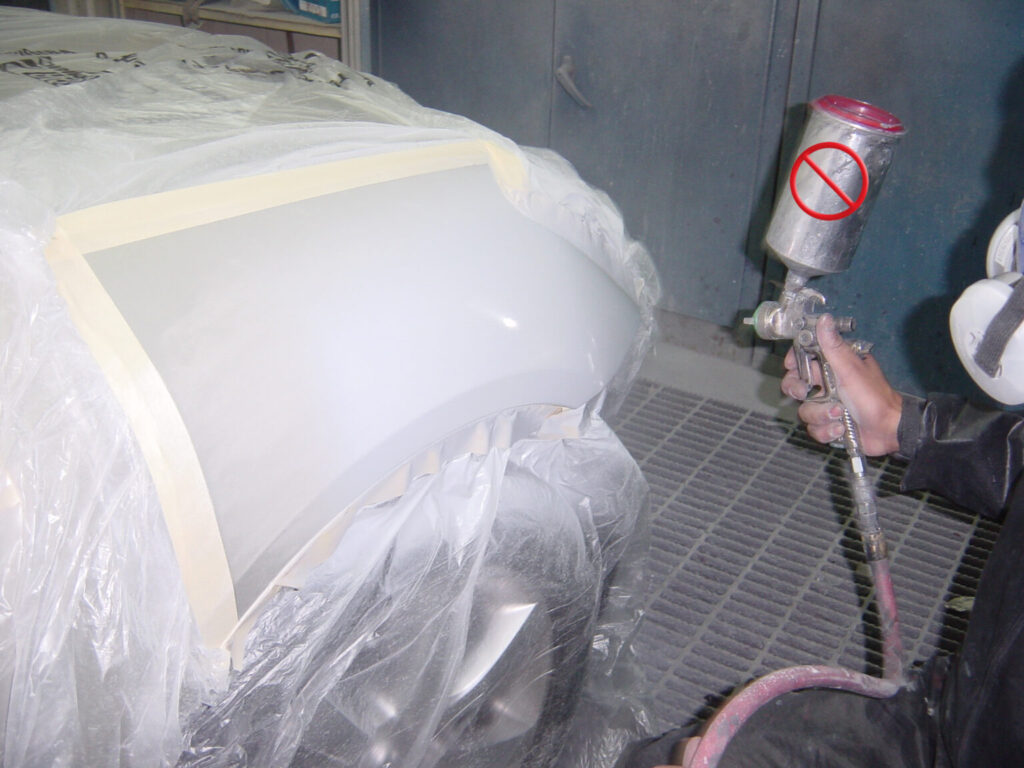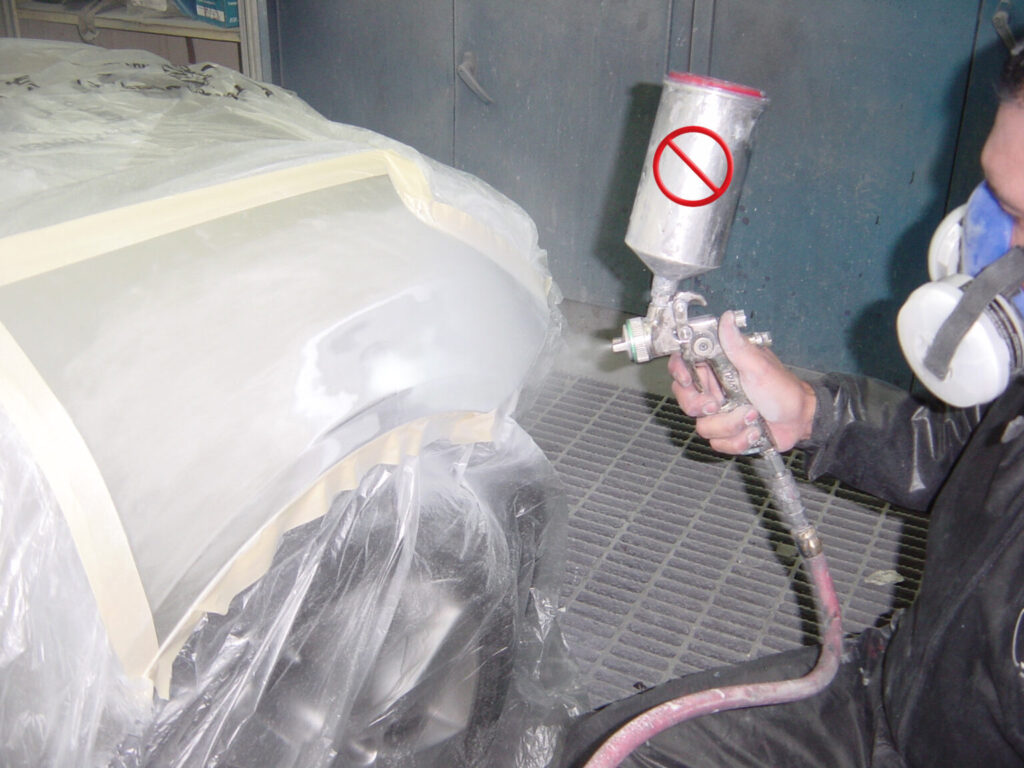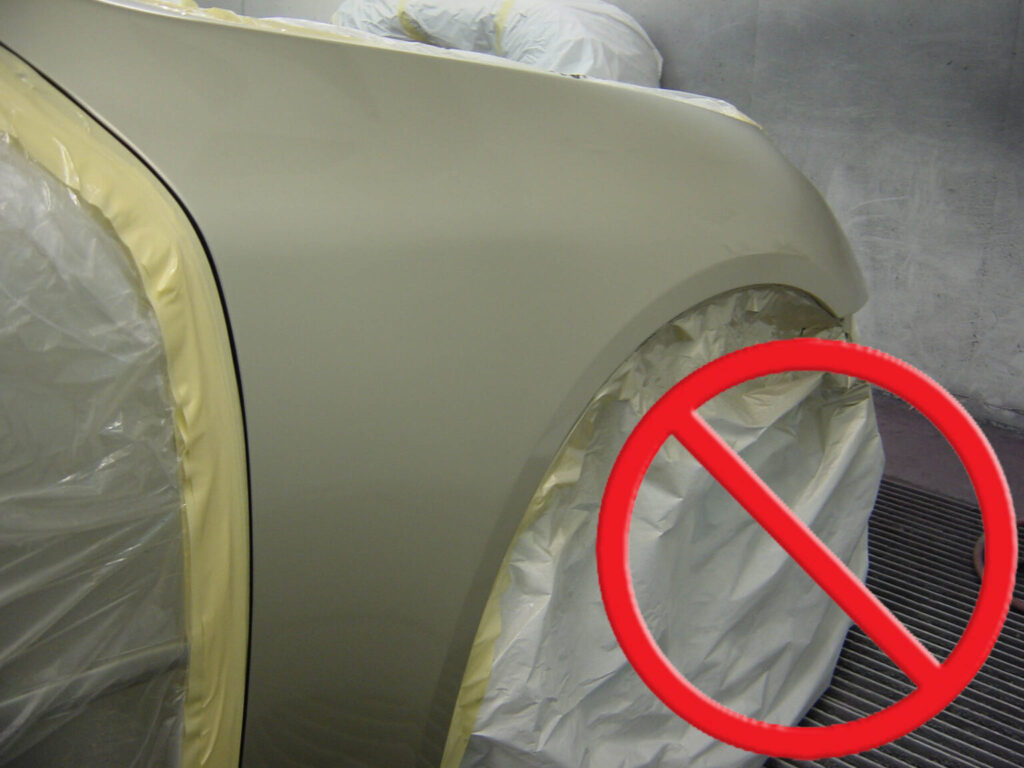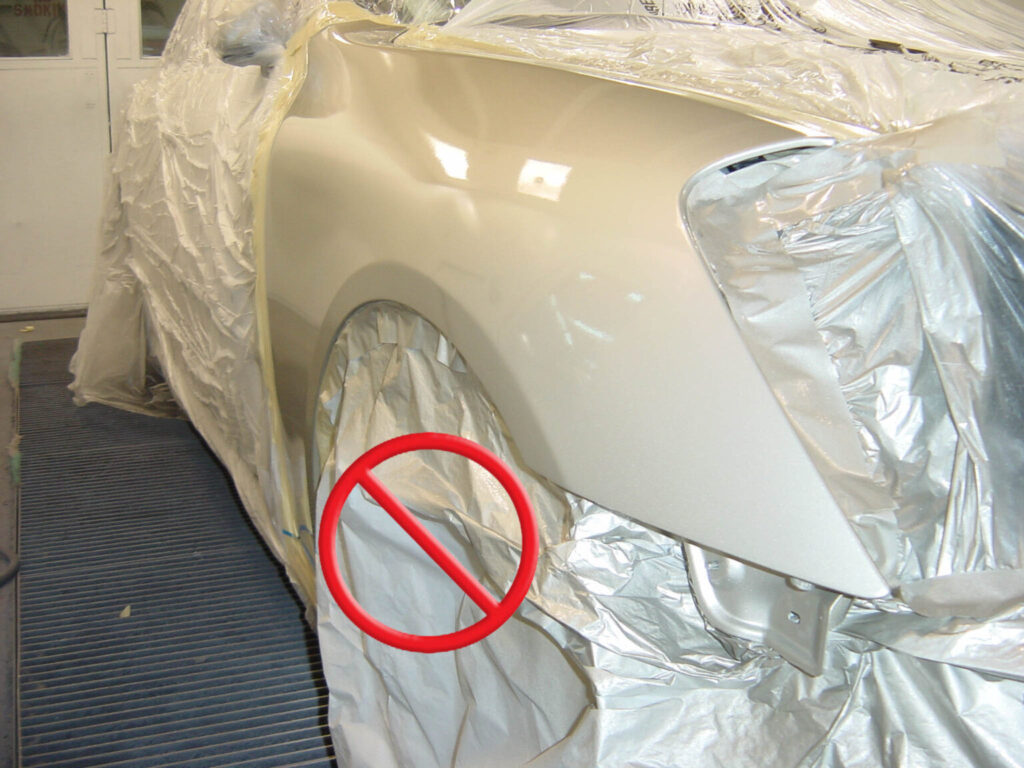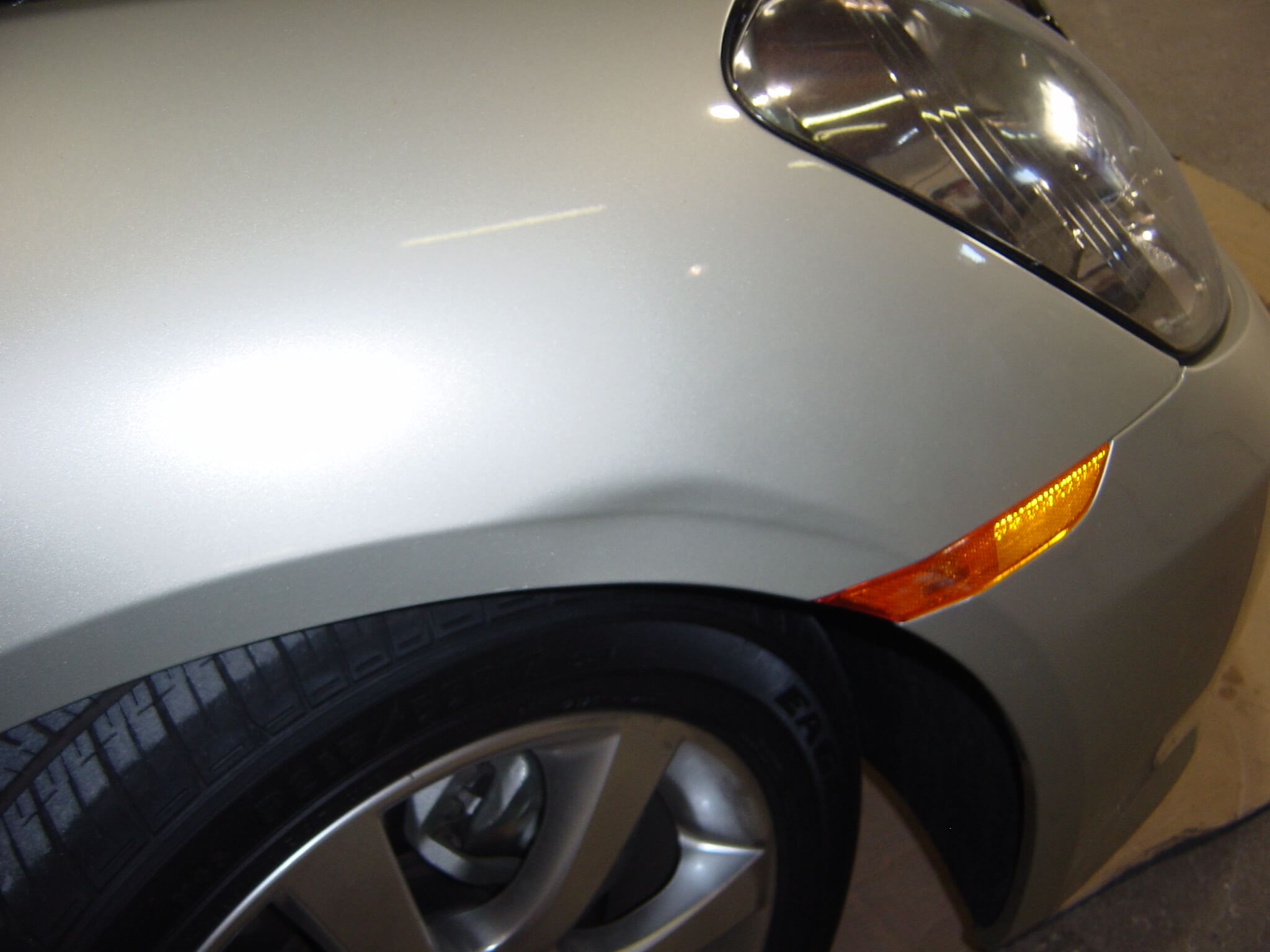
There are several reasons why an adjuster may not offer PDR to customers:
Damage Severity or Profitability: PDR is most effective for minor dents and dings that haven’t damaged the paint and are on flat or gently curved surfaces. If the damage is more severe, such as deep creases or extensive paint chipping, it may not be suitable for PDR or get close to the cost of conventional repair. For a body shop to sublet out the damage to a highly skilled PDR tech would not be profitable, or to hire one full-time. Adjusters work off commission so unless a PDR tech is willing to give them a kick back they do not want to wast their time and not get a sales commission.
Paint Damage: PDR is primarily focused on retaining the original paint finish. If the paint is chipped, cracked, or severely scratched, it may require repainting to ensure a seamless and durable repair. A body shop may opt for traditional auto body repair methods to address dent and paint damage, even though some customers might have been OK with a simple touch-up and not filing an insurance claim.
Location of the Damage: PDR is generally suited for accessible areas of the vehicle. PDR is a profitable sublet option if the dent is not in a hard-to-reach or hidden place, near edges or corners, or involves complex shapes or components. A body shop would have a higher profit margin, keeping the repair in-house.
Location of the Damage: PDR is generally suited for accessible areas of the vehicle. PDR is a profitable sublet option if the dent is not in a hard-to-reach or hidden place, near edges or corners, or involves complex shapes or components. A body shop would have a higher profit margin, keeping the repair in-house.
Structural Damage: When a dent is accompanied by structural damage, such as bent or twisted components, traditional auto body repair may be necessary to restore the vehicle’s safety and integrity.
Time Constraints: PDR can be quicker and more cost-effective for minor dents, but it may not be suitable for time constraints put in place by insurance companies. Traditional body repair methods make it easier to estimate cost and time, more straightforward for shops, and consistently more profitable as the repairs are kept in-house.
Material and Complexity: The material of the damaged panel (e.g., aluminum, steel, plastic) and the complexity of the repair can influence the choice between PDR and traditional repair methods. Again, too many times, it gets down to profit and turnaround and not. Having access to a highly skilled PDR technician
Customer Preference: Some vehicle owners may prefer to have a damaged panel completely replaced and repainted As they have not been adequately educated by a body shop that does not know what a skilled Paintless Dent Repair tech can achieve in appearance.
Technician Skill and Equipment: PDR requires highly specialized equipment that costs over $50,000 plus 15-plus years to become a master craftsman. Very few highly skilled PDR techs will take a drastic pay cut to work in a body shop or dealership.
Insurance and Warranty Considerations: In some cases, insurance policies or warranties may dictate or limit the use of specific repair methods, and a body shop may need to comply with these requirements.
It’s essential to recognize that the choice between PDR and traditional auto body repair should be made based on carefully evaluating the specific damage and the vehicle’s needs. A skilled paintless technician who has been a bodyman for five-plus years and knows recommended OEM repair methods is the best person to decide the appropriate repair method to achieve the best possible results. In many cases, a combination of techniques may address different aspects of a repair, such as PDR for dent removal and traditional body repair for paint and structural issues.
When I asked about doing this dent before they started beating up the metal and then filling in the damage. The body shop owner I was subleasing space from downtown in 2009 told me they are slow so they did not want to lose the profit even though paintless was a better repair.
Damage like this could have easily been repaired back to pre-loss condition with paintless dent repair without the customer making an insurance claim and it being reported to Carfax! Now if the fender ever gets even a small door ding. It will require another trip to the body shop and another claim.
Always call The Dent Devils for a free evaluation before going to the Bondo-Slinging shop or insurance company so it can properly accessed!
